This post was originally published on WBCSD
Montreux, Switzerland: The latest session of the Two Lakes Dialogue convened industry leaders, policy experts, and sustainability pioneers to advance collective solutions for decarbonization across key global value chains. Building on WBCSD’s 2024 Two Lakes Dialogue, this high-level exchange in Montreux, Switzerland – which took place as an integral part of WBCSD’s anual Liaison Delegate Meeting – focused on aligning efforts in the agrifood and automotive sectors, as well as exploring pathways toward interoperable carbon accounting systems.
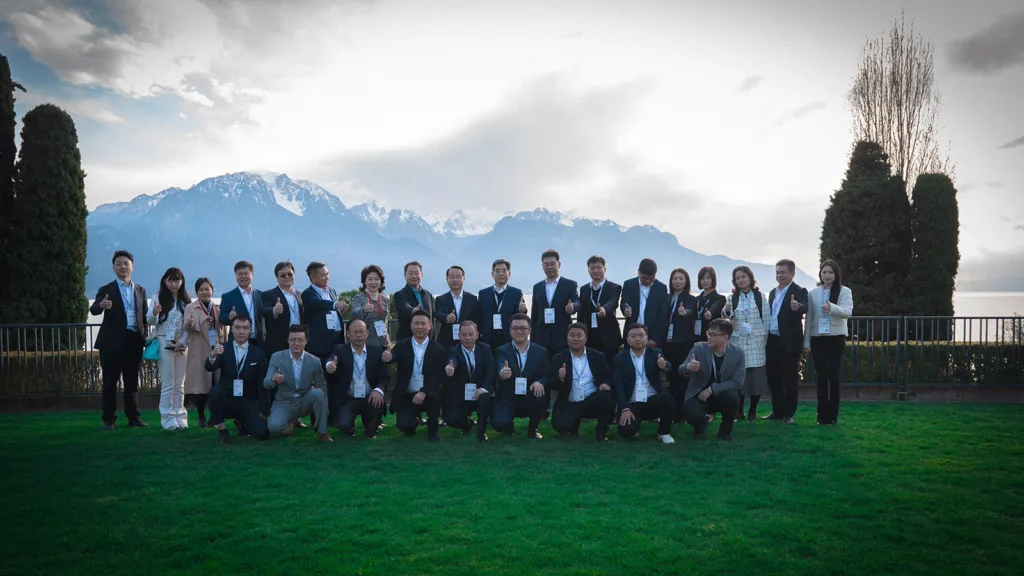
Accelerating Climate Action Across Industries
The first session brought together leaders from Unilever, BYD, Toyota, JA Solar and others to examine corporate strategies driving decarbonization at scale. Speakers showcased how emissions reductions, circular economy practices, and sustainable supply chain management are reshaping industrial operations.
- Unilever spoke about tackling greenhouse gas emissions across complex supply chains, particularly in China’s chemicals sector, and called for deeper global engagement, including with countries like India, to bring a broader perspective to climate policy.
- BYD outlined the company’s integrated carbon management platform, which enables real-time monitoring of energy use and life cycle emissions, supporting transparent reporting aligned with international disclosure frameworks.
- Toyota highlighted its longstanding leadership in hybrid technologies and stressed the importance of ensuring equitable sustainability transitions—especially for the Global South, where raw material sourcing and end-of-life recycling are key.
- JA Solar reinforced the importance of scaling renewable energy solutions to support clean energy adoption across global supply chains.
The session emphasized China’s pivotal role in renewable energy, circular innovation, and global supply chain resilience. Hubei Province was spotlighted as a role model for ecological leadership and high-quality, green growth.
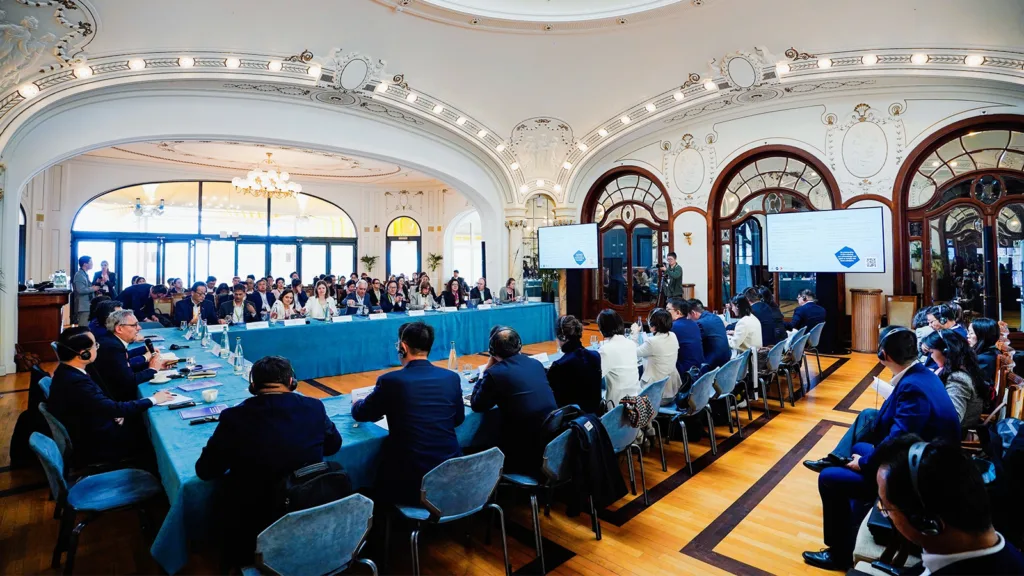
Carbon Border Adjustment Mechanisms & the Case for Convergence
A second session tackled the rising complexity businesses face due to fragmented carbon accounting frameworks and diverging Carbon Border Adjustment Mechanisms (CBAMs) across jurisdictions. As international trade faces mounting compliance burdens—from the EU to the UK, Australia and the US—harmonization is becoming urgent.
- BCG stressed the need for a unified global approach to CBAMs, noting that discrepancies in methodologies have already led to compliance issues—such as a 50% non-compliance rate in New Jersey. They urged greater alignment to ease trade friction and support smoother transitions for businesses navigating global carbon markets.
- Panasonic emphasized the importance of recognizing and incentivizing avoided emissions, particularly in the biogenic sector and in waste management innovations across China.
- Innovations from Unilever, Panasonic, and BYD demonstrated how digital tools and data-driven solutions can help companies better track, disclose, and reduce their carbon footprint in line with emerging international expectations.

Strategic MoUs Cement Commitments
To strengthen cooperation and scale progress, the Dialogue concluded with the signature of three memoranda of understanding:
- CCIPI Hubei & WBCSD – reinforcing trade cooperation for sustainable development;
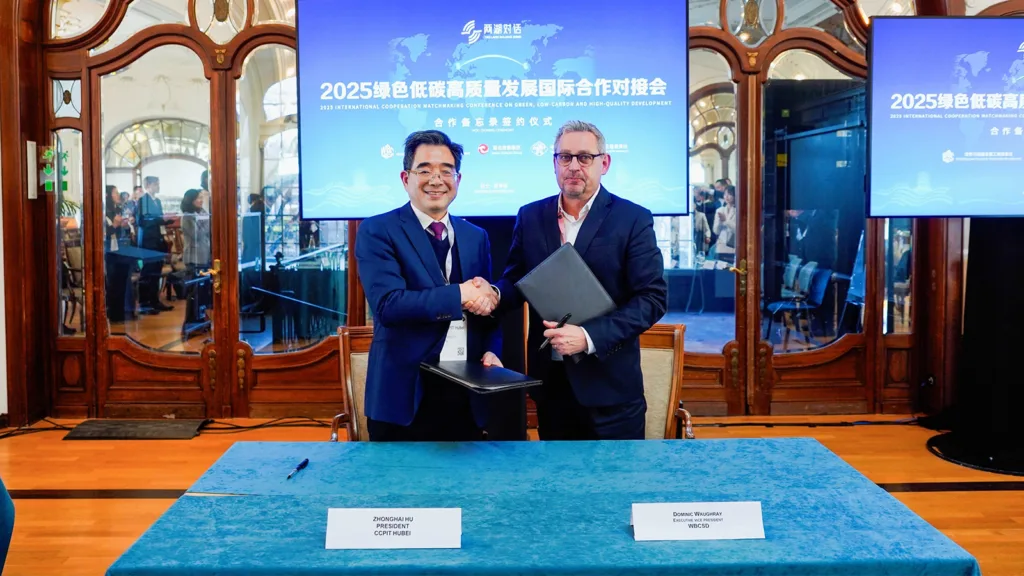
- Hubei Hongtai Group & WBCSD Hubei Office – aligning China’s carbon accounting practices with global standards;
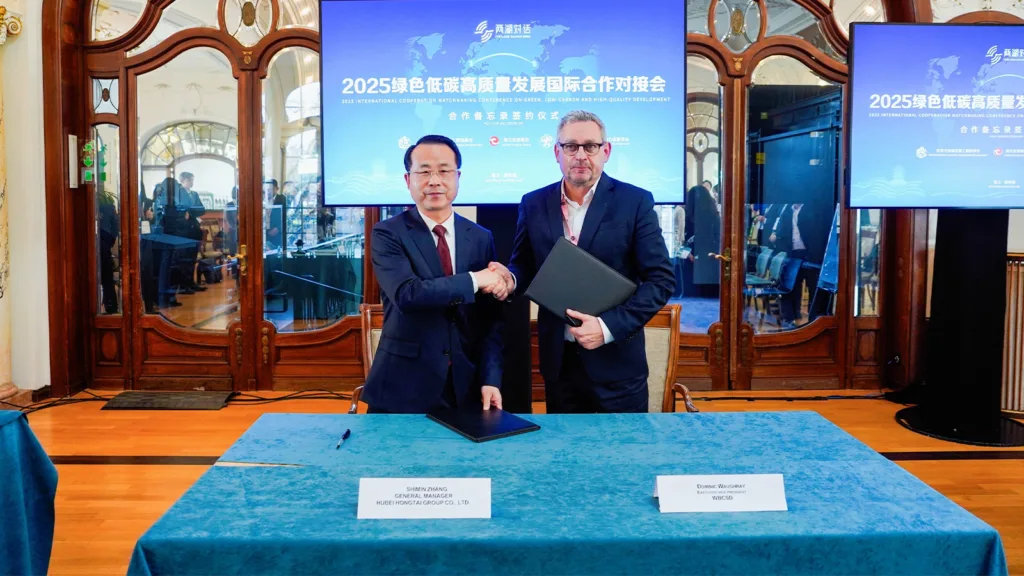
- Wuchang District Government & WBCSD Hubei Office – expanding international exchange to accelerate the green transition.
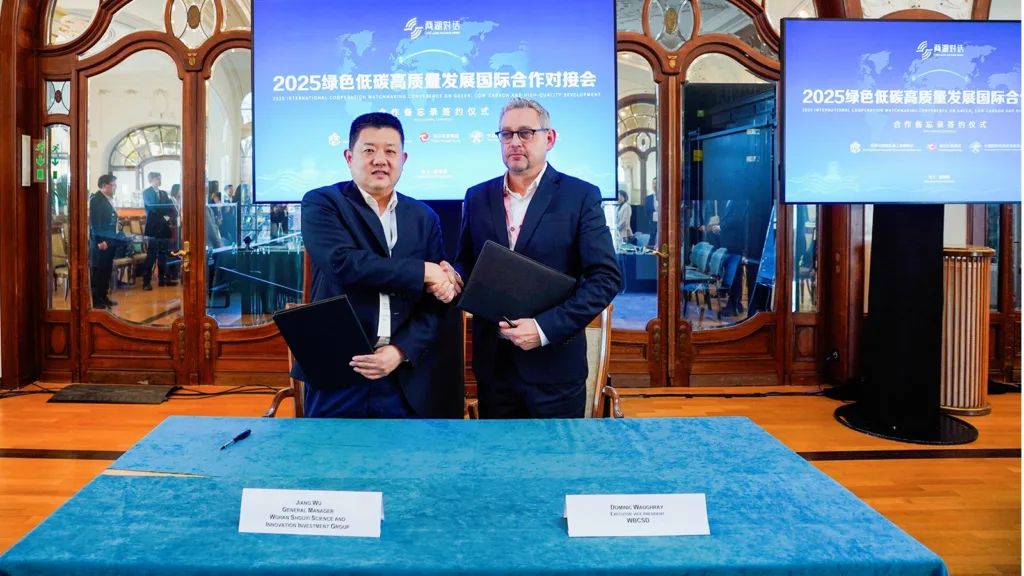
The Two Lakes Dialogue (TLD) is a pioneering platform fostering global collaboration to advance green industrial transformation and climate action. It was launched in 2024 along the shores of Wuhan’s East Lake by WBCSD, in partnership with Hubei Hongtai Group and the China Council for the Promotion of International Trade, Hubei Sub-Council (CCPIT Hubei).
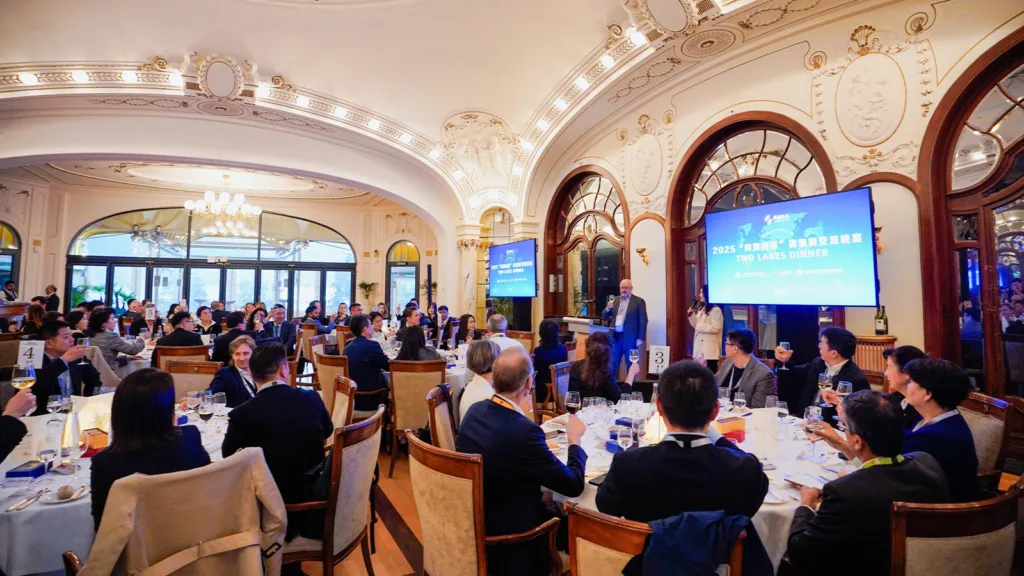
The post Two Lakes Dialogue Accelerates Decarbonization in Key Value Chains, Calls for Carbon Market Interoperability first appeared on WBCSD.




0 Comments